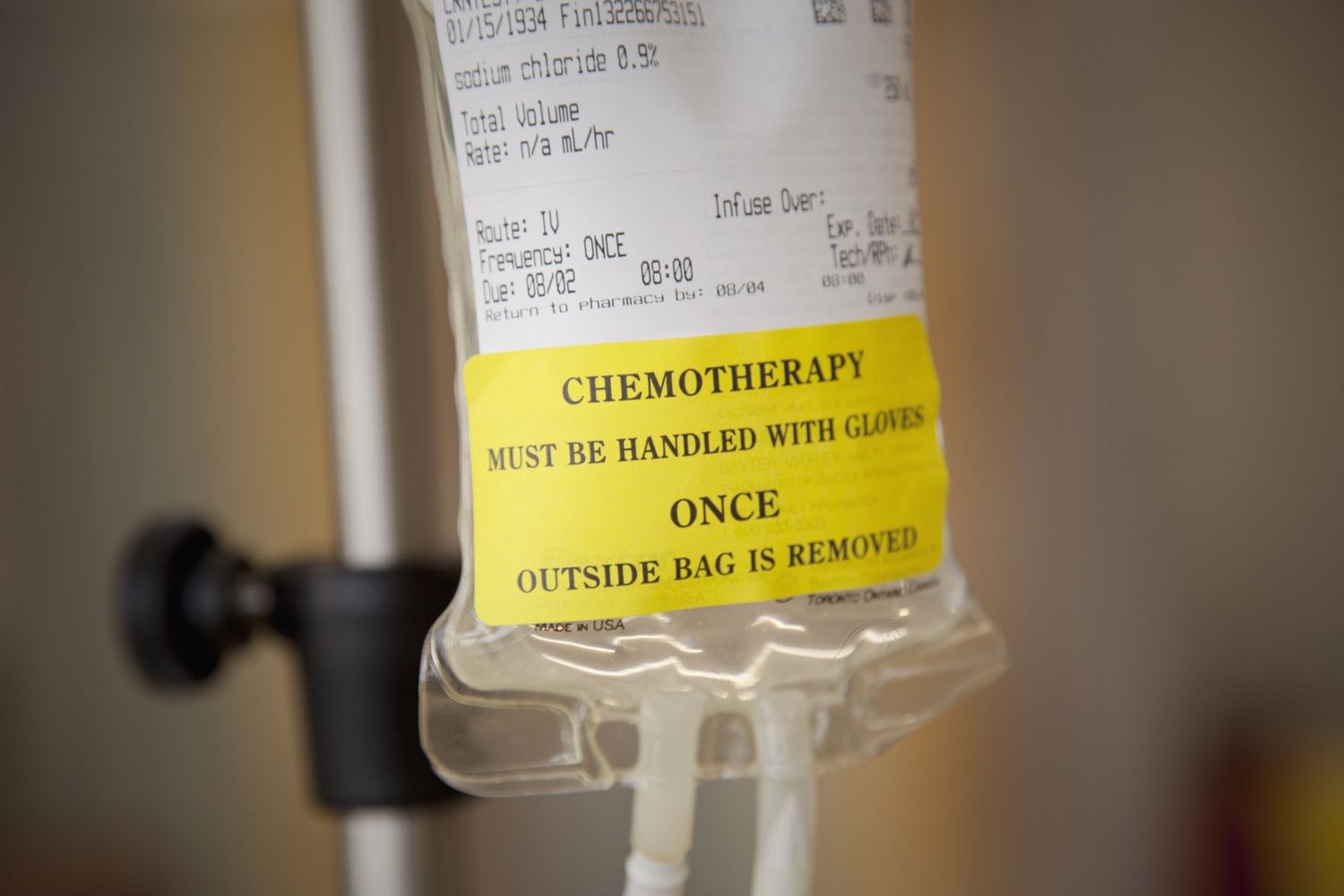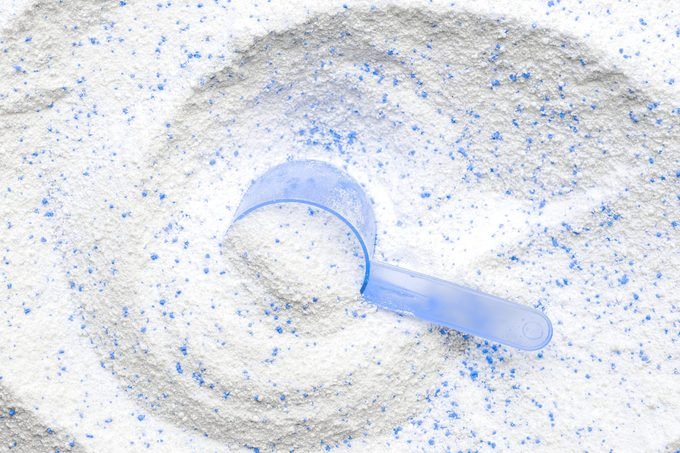CBSE Class 12 Chemistry Chapter 16 Revision Notes
Chapter 16: Chemistry in Everyday Life
- Chemicals play a significant role in improving human life quality. Chemical compounds make up many of the things we use in our daily lives.
- Drugs are low-molecular-mass chemicals (-100- 500 u). These bind to macromolecular targets and cause a biological reaction.
- Most drugs used as medicines can be poisonous if taken in higher doses than those recommended.
- Chemotherapy is the use of chemicals for medical purposes.
- Antacids are substances that remove excess acid from the stomach and restore its pH to a healthy level.
- Antihistamines are medications that are used to treat allergies such as rashes on the skin.
- Tranquilizers are chemical compounds that are used to treat anxiety and mental illnesses. Psychotherapeutic drugs are another name for them.
- Analgesics are pain-relieving medications
- Antibiotics are chemical substances produced as metabolic products by specific organisms (bacteria, fungi, and molds) that are able to kill or inhibit the growth of other microorganisms.
- Antiseptics, such as dettol, are chemical compounds that inhibit the growth of microorganisms or even kill them.
- Disinfectants are chemicals that kill microorganisms. They should not be used on living human tissues.
- Artificial sweeteners are chemical compounds used to sweeten foods.
- Food preservatives are chemical substances added to food to keep it from decaying and retaining its nutritional value for a longer period of time. The most common preservative is sodium benzoate.
- Soaps are sodium or potassium salts of long-chain fatty acids such as stearic, oleic, and palmitic acids. Soaps with sodium salts are made by heating fat (the glyceryl ester of fatty acid) with an aqueous sodium hydroxide solution. Saponification is the term for this process.
- Synthetic detergents are alkyl benzene sulphonic acid sodium salts. They are more effective cleaners than soap.
- There are three types of these:
(a) Anionic detergents are those that contain a significant amount of anion.
(b) Cationic detergents are mostly acetates or quaternary amine chlorides.
(c) Non-ionic detergents are high-molecular-mass esters.
]]>

